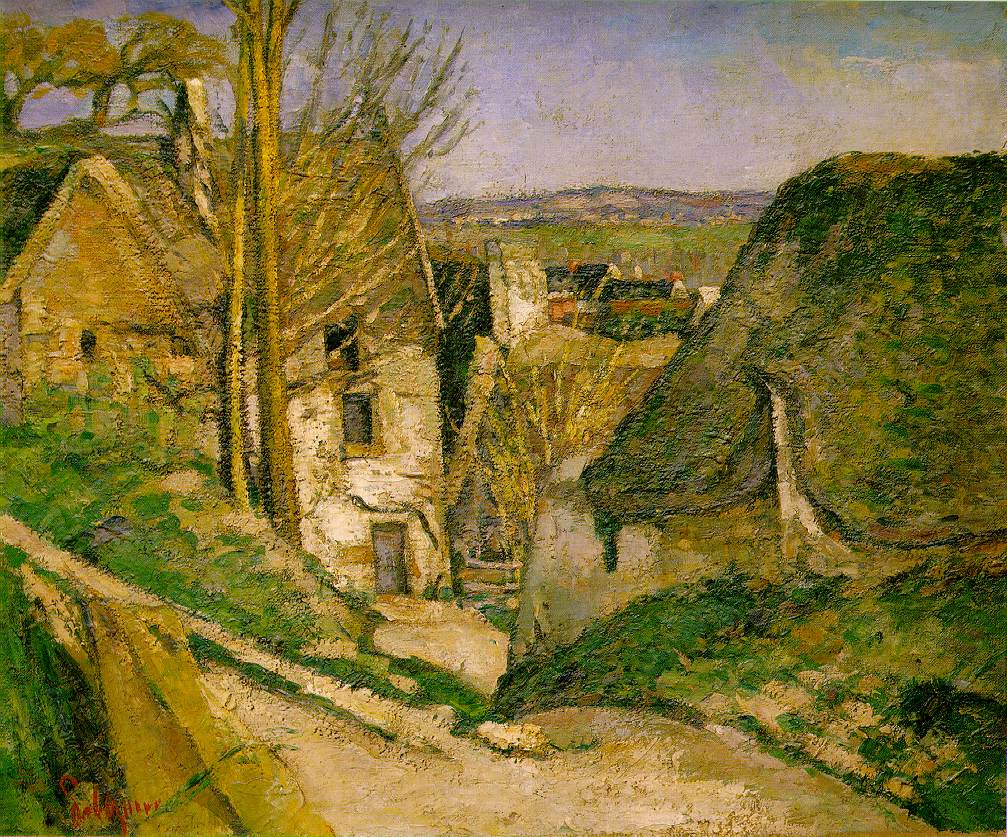 |
| Image: victorugo.blogspot.com |
In 1877, Thomas Edison, the famous inventor, self-publicist and notorious elephant assassin (1) invented a sound reproduction audio contraption called the phonograph.
Or did he? Was it perhaps - as some claim - the poet, inventor, surrealist and visionary Charles Hortensius Emile Cros that gave the world this new invention in sound recreation?
 |
| Image: L'Independent (France) |
Charles Cros was born 1st October 1844. A precocious boy, at the age of 16 he was teaching Hebrew and Sanscrit, and two years later was a Professor of Chemistry.
His imagination and genius for invention was unstoppable. At the Universal Exhibition of 1867 he presented his automatic telegraph system. He proposed a solution to the problem of processing photographs in colour. And on 30 April 1877 he delivered to the French Academy of Sciences a sealed envelope containing a document describing a procedure for the ‘registering and reproduction of phenomena perceived by the ear’. He gave his invention the poetic name of Paleophone - Voice of the Past.
 |
| Image: jeanpaul.legrand.free.fr |
Poetry, indeed, was in his soul. He was friends with Paul Verlaine, and with Arthur Rimbaud, who Verlaine once shot with a revolver in a moment of drunkenness. He rubbed shoulders with Manet, Renoir and Sarah Bernhardt. And in one of his surreal and visionary moments, he became convinced of the existence of large cities on Mars and Venus, and tried to persuade the French government to construct a parabolic mirror in order to communication with our extra-terrestrial brothers and sisters.
 |
| Image: Verlaine & Rimbaud Paul Verlaine and Arthur Rimbaud seated on left (1872) |
But it was his Paleophone that most preoccupied him. He tried to find financial backers, but without success. On 10 October 1877, an article in a publication La Semaine du clergé renamed the invention 'the Phonograph'. But rumours were circulating that the famous Edison was also developing a system for recording sounds. Did he see the article in La Semaine du clergé? That modern-day Repository of All Human Knowledge, Wikipedia, says not. But Charles was taking no chances.
He rushed to the Academy of Sciences and requested that they open at once the sealed envelope in order to make public his indisputable claim to the invention. The envelope was duly opened on 8 December. But sadly it was two days too late, for the great Thomas had already given the first public demonstration of the recording of a human voice. Then on 17 December Edison registered his patent.
 |
| Image: Timbre France |
In the years that followed Charles became more emerged in his poetry. He gave public readings of his poems, and many decades after his death in 1888, one of his verses, Sidonie a plus d’un amant, was recorded by screen icon and tireless campaigner for animal rights (elephants included) Brigitte Bardot.
 |
| Image: 45cat |












